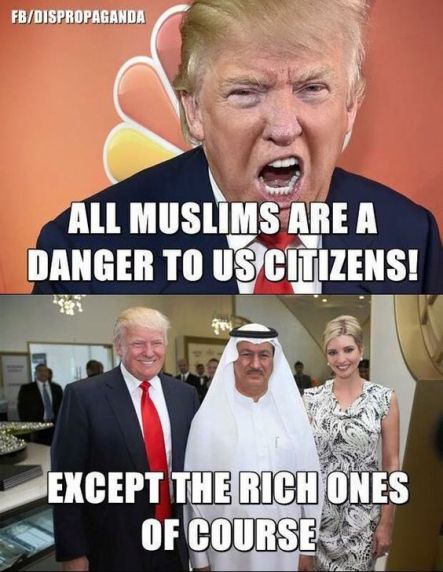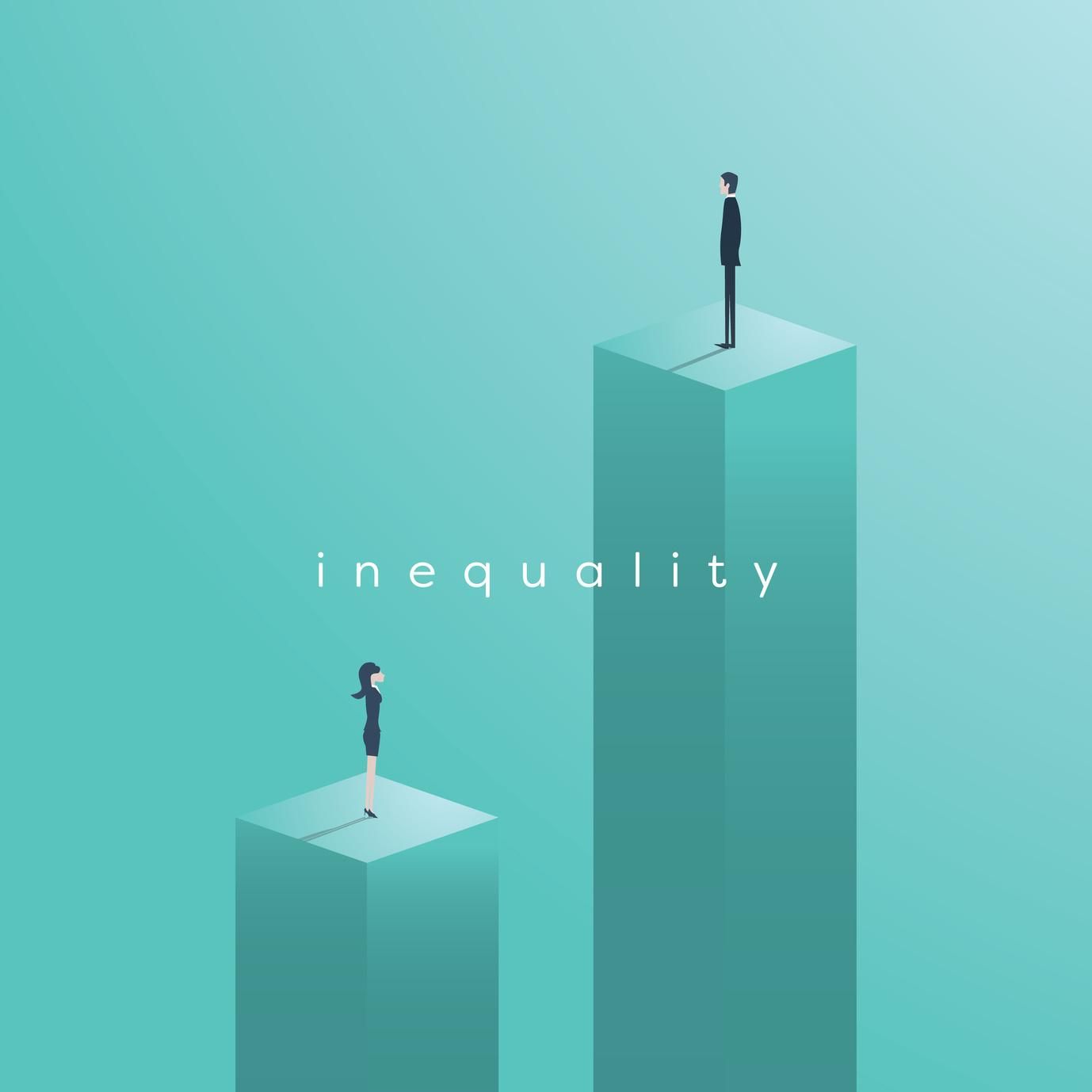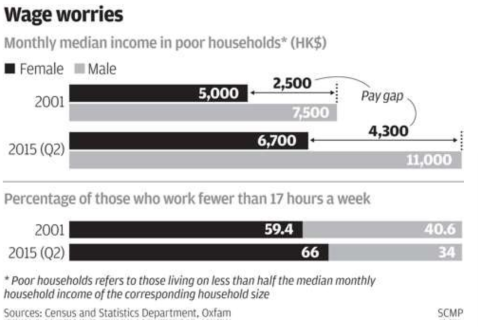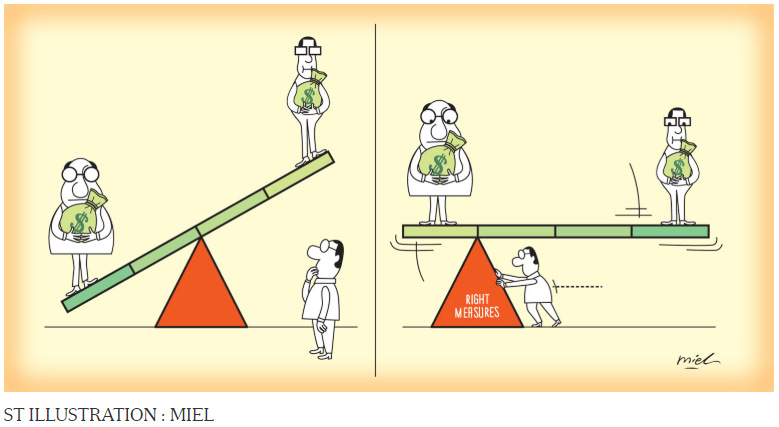Memes as a Source of Soft Power
Contextual Essay:
We are living in an era whereby everything is getting digitalized, and people are shaping and learning to figure the new way of communicating on the internet. Many of us have social media accounts which we primarily use to connect with others. Culture jamming is a tactic used by many anti-consumerist social movements to disrupt or subvert corporations and cultural institutions. It is intended to challenge the idea of “what’s cool” and expose commercial culture by re-figuring logos, fashion statements and product images. Culture jamming sometimes entails transforming mass media and advertising to produce ironic or satirical commentary. The most common tool for culture jamming is internet memes. There is a huge chance that you will come across memes when you use social media.
A meme is “an idea, behavior or style that spreads from person to person within a culture. A meme acts as a unit for carrying cultural ideas, symbols or practices, which can be transmitted from one mind to another through writing, speech, gestures, rituals or other imitable phenomena.”
The sole purpose of distributing memes is for the enjoyment of the internet community. Dawkins explained that Internet memes are thus a “hijacking of the original idea”, the very idea of a meme having mutated and evolved in this new direction. Memes can spread instantaneously because there are features such as tagging and forwarding the image to others. There are various ways to argue that memes can be considered as a source of soft power because they convey political messages such as mocking foreign policies or hold influences in framing policies positively or negatively and due to the political nature of some memes, it has the power to insight confirmation bias.
For the purpose of this project, I will define memes as images that have been edited and reused with different captions or changing the original meaning of the image. When a meme becomes more popular and mainstream, audiences slowly become more familiar with the atmosphere generated from the image itself. Usually, people use these images repeatedly with different captions to change the context of the meme to create a comedic value. Memes can also be subverted to political or philosophical content, which can be seen as elements of culture, therefore subject back to culture jamming.
So how are memes consider as one of the sources of soft power?
The definition of soft power refers to the ability to attract and co-opt rather than coerce. Soft power is the ability to appeal and attract others’ preferences. The currency of soft power is culture, political values, and foreign policies. Using methods of economic and cultural influences, rather than military strength. However, social media is a conventional method that can be applied by soft power. For example, presidents such as Obama and Trump and the terrorist group ISIS can use social media to gain support and spread their political messages. This has enabled social media to act as a source of soft power.

This image is an example of a meme that intends to mock the so-called “Muslim ban’, Trump has attempted to impose on seven Muslim majority countries. It mocks Trump’s obsession with money and power showcasing him as a hypocrite as he refuses to allow certain nationalities to enter the country, yet happily conducts business with those from a similar background. Many social media users mock Trump and his foreign policy concerning these countries through memes. Where it is about his foreign policy decision or his character in general, it is common to see memes mocking Trump. Although this does not enforce an idea of soft power in the traditional sense, it can be considered as an alternative version of soft power – one where those opposed to Trump can spread an ideology of Trump as a joke within politics and international relations within the online space.
To conclude, I believe social media is a powerful geopolitical tool which is utilized by most of us whether for communication purpose to keep us occupied. Memes have become exploited by actors such as terrorists to appeal to those with similar views, or intention to recruit and not only for users to mock or make fun of certain situations. This suggests that memes are used as a form of soft power. Memes can be reproduced, their original purpose to bring out a message can be subverted into the opposite, it can shift and become appropriated to suit their political views. Since these geopolitical actors are becoming an important source of information on world affairs, they can be transformed completely to suit the creator’s need and seen as a soft power producer.
CASE STUDY TWO
Gender Income Inequality in Hong Kong
In recent years, income inequality has been rising sharply in literally every part of the world. Hong Kong despite being an international finance center but the city suffers from the problem of gender pay gay just like anywhere else. According to government figures, women earn at least a thousand dollars less than male counterparts on average. Activists say the problem of gender pay inequality has persisted a long period of time because more men are working at executive and management levels while women are still perceived as housewives or homemakers. It has prevented many women from being treated equally at work because of such societal attitudes.

Any other reasons that caused gender pay inequality?
- Hong Kong’s gender pay gap gets worse with age
- Women below poverty line earning HK$4,300 less than men on average
- Discrimination in Hong Kong sees pay divide between men and women widened
According to Willis Towers Watson, Hong Kong’s gender pay gap gets worse over time as women in their 30s, earning 11% less on average than their male counterparts. Some statistic has sound women in their 30s earn 11% less whilst those in their 50s earn 25% less than men. However, the difference in pay widens with age as women in their 50s earn around $482,000 a year compared to $645,000 for men, representing a 25% difference. Also, after the age of 60, women earn an average of $322,000 which is almost half the $618,000 made by men from the same age bracket.
Wen Wan, senior consultant for talent and rewards at Willis Towers Watson in Hong Kong said: “Our data shows women generally leave the job market earlier than men, leaving fewer women to take up senior roles in companies, this has led to their average pay package being much lower than men.” This leads to my second point, women below the poverty line earning HK$4,300 less than men on average, as many looks to balance work and family needs with flexible contracts.
So how come women are the ones who need to leave the job market earlier than men? How come women below the poverty line earns $4,300 less than men on average?
Fifteen years ago women were earning 67 percent of what men pulled in, but that has now fallen to 60 percent. According to Oxfam’s report, more than 66 percent of people working below the poverty line doing fewer than 17 hours a week were women. The report has shown that most of the women worked in services and sales or contracted jobs in non-technical industries.

Wong Shek-hung, Oxfam’s Hong Kong program manager, said that while career choices were one of the factors affecting the gender wage gap, discrimination may also play a role. Some employers may not want to hire women who have children, but it could also be because of age or lack of work experiences.
Since discrimination may also play a role, according to Sarah Karacs, a report released by the Census and Statistics Department showed that the pay gap between women and men in Hong Kong has widened since 2011, men receive a mean monthly salary of $15,000, which is $2,500 more than a woman earns. Democratic Party chairwoman Emily Lau Wai-Hing said: “This is a massive concern. We’ve been fighting for equality for a long time but we still have a long way to go. If women are earning less than men this is not because they are weaker than men, but because of discrimination,” She believes cultural attitudes still prevent women employees from being treated equally.

More and more women are striking out on their own. Since 2014, the number of self-employed women is increasing as the number of self-employed men has shrunk. However, men are still dominating the self-employed population, while more women than men are employees in Hong Kong.
“Maybe women do not have the ability or the means to start their own business, which is why we have to work harder to improve that,” said Lau. In this day and age, we should be charging ahead unrelentingly to build value systems that empower gender equality, support gender fairness and equal opportunities for all.
REFERENCES:
- ‘Discrimination’ in Hong Kong sees pay divide between men and women widen. (2015, July 31). Retrieved June 14, 2019, from https://www.scmp.com/news/hong-kong/economy/article/1845386/pay-divide-widens-between-men-and-women-hong-kong
- Gender disparity in the workplace, and what we can do about it. (2017, October 20). Retrieved June 14, 2019, from https://www.hongkongfp.com/2017/10/21/gender-disparity-workplace-can/
- Gender pay gap widens among Hong Kong’s poorest workers, with women pulling in only 60 per cent of amount men earn. (2018, July 20). Retrieved June 14, 2019, from https://www.scmp.com/news/hong-kong/economy/article/2019404/gender-pay-gap-widens-among-hong-kongs-poorest-workers-women
- Hong Kong’s gender pay gap gets worse with age. (n.d.). Retrieved June 14, 2019, from https://hongkongbusiness.hk/hr-education/news/hong-kongs-gender-pay-gap-gets-worse-age
- Is gender pay inequality a problem in Hong Kong? (2018, December 19). Retrieved June 14, 2019, from https://www.scmp.com/news/hong-kong/community/article/2129752/gender-pay-inequality-problem-hong-kong
- Tam, I. (2018, March 14). Hong Kong has APAC’s widest gender pay gap. Retrieved June 14, 2019, from https://www.marketing-interactive.com/hong-kong-has-apacs-widest-gender-pay-gap/
- We need to talk about the gender pay gap, not just who wears the pants. (2019, February 18). Retrieved June 14, 2019, from https://www.scmp.com/news/hong-kong/society/article/2186618/hong-kong-needs-talk-about-gender-pay-gap-not-just-who-wears
CASE STUDY ONE
Income Inequality in Hong Kong
The definition of inequality is a difference in size, amount, quality, social position or other factors. An example of inequality is when you have ten of something and someone else has none. When we talk about inequality, there are too many to cover, there are global inequality, international inequality, and social inequality. However, there are more to cover for social inequality since this happens more often to us in our daily lives, it focuses on the distribution of goods and burdens in society.
In recent years, income inequality has been rising sharply in literally every part of the world. The policy makers, academics, and the general public are fear that the growing income gap between the rich and poor would cause serious social and economic problems. The rising income inequality is widely believed to be harmful as it causes social problems and hurts any long-run economic growth. However, inequality is not always an unwanted good in the eyes of an individual and a society. To a certain extent, inequality offers an incentive for lower-income people to climb up the social ladder. The hunger for success can drive them to work harder, innovate and take risks, thereby creating wealth for themselves and society.

According to SCMP (2018), Aid agency Oxfam has issued a 60-page report recommending the Hong Kong government set aside an extra HK$36.7 billion next year to prevent more people falling into poverty. The funds were needed to address the city’s widening wealth gap. For us to differentiate a society’s rich and poor is often measured using the Gini Coefficient, it is an index of how evenly income is distributed on a scale from zero to one. According to the city’s Census and Statistics Department, the figure for Hong Kong was 0.539, with zero indicating equality. The result was the highest in 45 years. The United States was at 0.411 and Singapore 0.4579. Hong Kong’s number has risen 0.006 points since 2006.
In 2016 the median monthly household income of the top 10 percent of Hongkongers was 43.9 times the bottom 10 percent. The poorest would have to work three years and eight months on average to earn what the richest make in a month. The low-income workers, women, children, the elderly and ethnic minorities are most affected by poverty in Hong Kong. Low-income workers are not sharing the fruits of economic growth. Real wages have only increased by 12.3 percent in the last decade, the minimum wage is $34.5 HKD, the purchasing power is however lower than eight years ago. Thinking to myself, what can we really get with $34.5 HKD? A Macdonald’s meal is around $35 HKD, it is truly harder to have a decent living standard in Hong Kong.

Why are the Government’s policies were not able to cut inequality greatly?
Hong Kong’s wealth, in general, has increased dramatically, but low-income families and individuals could not benefit from it. The incoming administration, Carrie Lam Cheng Yuet-Ngor, aiming to tackle the problem by introducing rent allowance, reviewing the minimum wage policy and setting poverty reduction targets.
References:
- Any hope for the poor? Hong Kong wealth gap at record high. (2017, June 10). Retrieved May 24, 2019, from https://www.scmp.com/news/hong-kong/economy/article/2097715/what-hope-poorest-hong-kong-wealth-gap-hits-record-high
- Economic Analysis and Evaluation of Government policies (Rep.). (n.d.). Retrieved May 24, 2019, from https://www.edb.gov.hk/attachment/en/curriculum-development/kla/pshe/references-and-resources/economics/income_eng.pdf
- Hong Kong’s wealth gap greatest in 45 years. What can be done? (2018, October 16). Retrieved May 24, 2019, from https://www.scmp.com/news/hong-kong/society/article/2165872/why-wealth-gap-hong-kongs-disparity-between-rich-and-poor
- Wilkinson, R. G., & Pickett, K. E. (2009). Income Inequality and Social Dysfunction (Rep.). doi:10.1146/annurev-soc-070308-115926